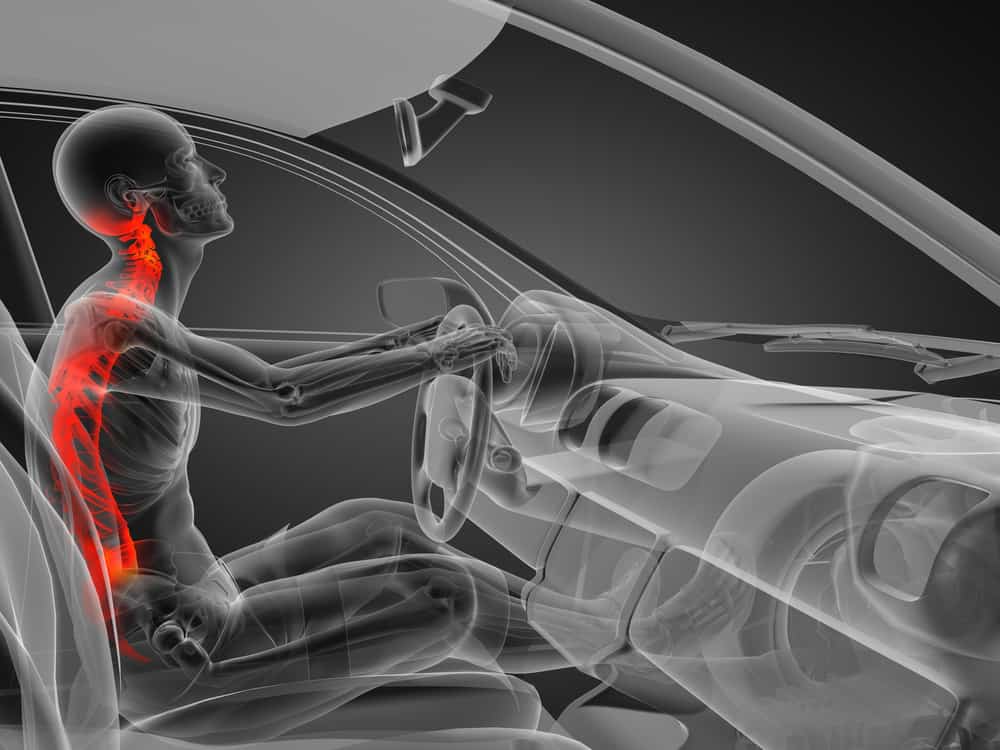
Traumatic injuries can be broadly categorized by whether they are blunt or penetrating. Both can result in significant morbidity and mortality. Visible bleeding certainly gets our attention, but always remember that blunt trauma can result in massive unseen blood loss internally. After ensuring scene safety and PPE, your approach to a trauma victim should start with ABCs while stabilizing C-spine. As you make your initial assessment, be sure to treat airway, breathing, or circulation problems as you discover them. Control of bleeding, if external, can be accomplished while dealing with ABCs.
Internal organs such as the liver and spleen are commonly injured by blunt trauma such as in motor vehicle accidents. Injuries can range from simple contusions to lacerations. These organs are encapsulated by a fibrous capsule that may remain intact, and in many cases control hemorrhage. Sometimes the capsule is disrupted and patients may bleed massive amounts into the abdomen.
Injury to the aorta is also fairly common and a potentially devastating injury. You can’t see these injuries because they are internal, so you have to assume they may be present if the mechanism of injury is suggestive. This means having a high index of suspicion that the patient’s condition could be worse than it appears.
Signs of shock may not be present on initial assessment. Depending on state of health and age, people have the capacity to compensate for blood loss initially by vasoconstriction, increased ventilatory rate, or increased heart rate. You have to be on the lookout for these changes, which are early signs of shock. Reassess your trauma patient frequently.
Treat early with oxygen. Oxygen helps treat shock by increasing the amount of oxygen getting to tissues as well as the brain. It also buys some time prior to more definitive treatment with IV fluids and blood products. If possible, also elevate the patient’s legs to raise core and brain blood circulation.
In the case of high impact blunt torso or a head injury with depressed consciousness, be sure to call for ACLS transport. In rural areas, this may require an air ambulance dispatched to the scene or arrangements might be made to meet at the local hospital. Also notify the ER early on so they can prepare for your patient’s arrival. The ER staff may need to move patients around to open a room, or get equipment and staff ready, and call in a trauma team.

